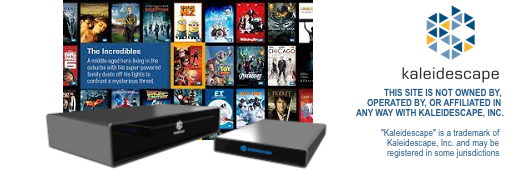Hello all,
One of our support engineers suggested that I add a bit of clarification here.
Expanding system storage by removing an existing RAID drive and replacing it with a larger one is a risky operation. When you remove and replace a drive, the information that was on the old drive has to be reconstituted on the new drive. To do that, the RAID has to read every sector of every hard drive. This is a much greater read load than is placed on the drives in normal operation.
As drives age, they become more susceptible to failure, and the additional strain of all of that activity could push a marginal drive over the edge. If a drive fails during a RAID rebuild, when the array (by definition) lacks protection, then all data on the array can be lost.
The safest way to move to larger drives is to make the move all at once to a new disk set that is made up of larger drives. This is done by replicating the information from your existing server. Some people choose this opportunity to replace their server as well (and we do offer trade-in credit), or some dealers will offer the temporary use of one of their servers to hold the replacement disk set during replication. We can also perform a replication for you, for a fee, if you don't have access to a suitable second server.
Let's say for example that you had a fully populated 3U server with 14 750GB drives. The capacity of that system is 9TB. You could upgrade to a disk set comprising five 6TB drives, which would have a capacity of 18TB (3x6TB, plus parity disk, plus hot spare). That would double your capacity and leave the system with plenty of storage expansion capability down the road by simply inserting new drives.
So, to summarize, expansion of your system capacity by piecemeal replacement of drives is possible, but not recommended.


